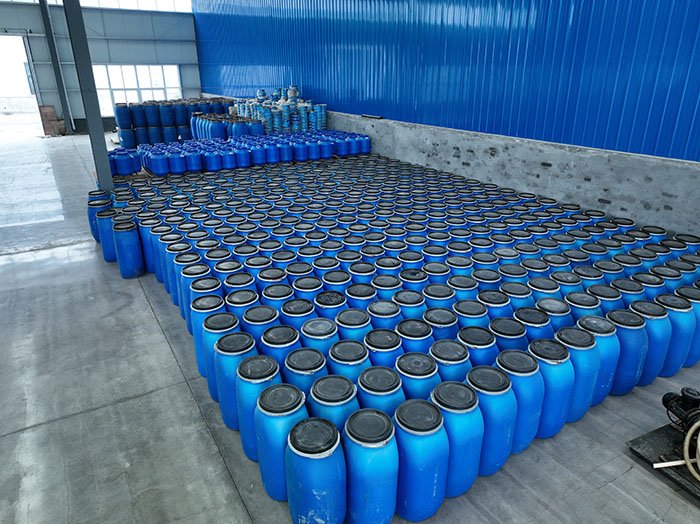As the name suggests, asphalt emulsifier is a chemical used to emulsify asphalt. So, what is the difference between asphalt emulsifier and ordinary emulsifier? Below, Longteng Road, a manufacturer of asphalt emulsifiers, will provide you with a detailed explanation. The main difference between asphalt emulsifiers and ordinary emulsifiers lies in their chemical composition, uses, and performance in specific applications.
1. Chemical composition and application
(1) Ordinary emulsifier: Ordinary emulsifier is a substance that can mix two immiscible substances together. Its molecular structure generally has hydrophilic and lipophilic groups, which enables it to mix water and oil together to form lotion. Common emulsifiers are widely used in the preparation of lotion, emulsion coatings, stable suspensions, detergents, food industry, pharmaceutical industry and other fields.
(2) Asphalt emulsifier: Asphalt emulsifier is a surfactant specifically used for asphalt emulsification. It can significantly reduce the surface tension of water, change the interfacial properties and states of the system, thereby producing a series of effects such as wetting, emulsification, foaming, washing, dispersion, anti-static, lubrication, and solubilization to meet the requirements of practical applications. Asphalt emulsifiers are mainly used for road upgrading and maintenance, as well as new road construction.
2. Performance in specific applications
(1) Ordinary emulsifiers: Ordinary emulsifiers are widely used in various industries and daily life. For example, used in the food industry to make cakes and ice cream; Used in the pharmaceutical industry for preparing drug suspensions; Used in detergents to enhance stain removal ability, etc.
(2) Asphalt emulsifier: Asphalt emulsifier is mainly used in road construction, especially in road upgrading and maintenance. Through mechanical mixing and special chemical processes, asphalt emulsifiers can make asphalt liquid at room temperature, with low viscosity and good fluidity, suitable for low-temperature construction, saving heating and melting steps, reducing energy consumption and environmental pollution.


